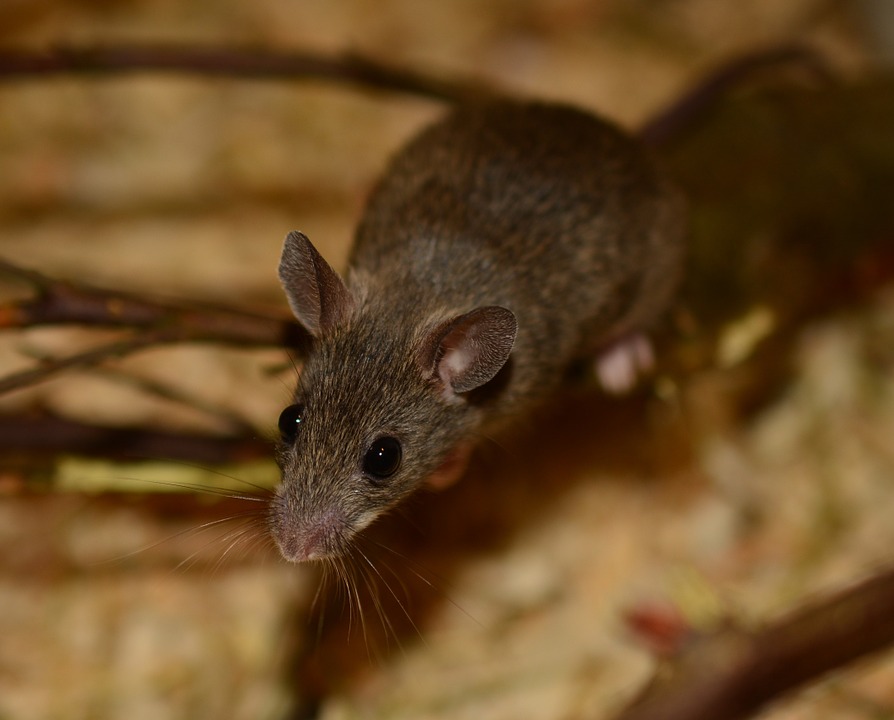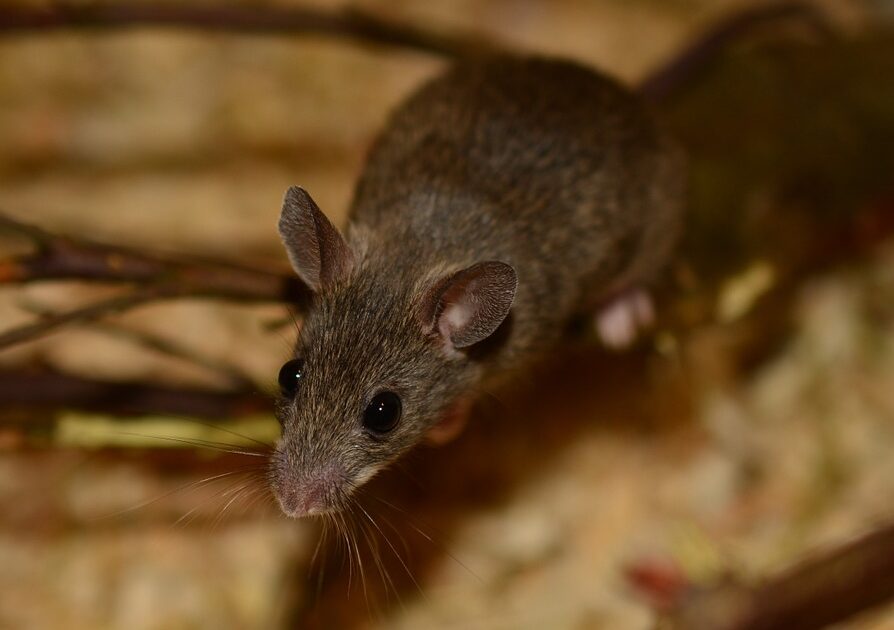Are you currently experiencing problems with unwanted furry guests making themselves at home in your humble abode? Fret not, for you are not alone. Countless homeowners in the lovely city of Glen Burnie which is located in Anne Arundel County find themselves grappling with the predicament of a mouse infestation. However, worry not, as we are here to offer our assistance with effective and reliable solutions for mice removal in Glen Burnie.
In this article, you will not only uncover intriguing facts about these tiny yet persistent intruders but also gain invaluable insights and practical tips on how to prevent and control their unwelcome invasion. Our aim is to help you reclaim your house without causing any harm to the local wildlife. So, let us embark on this journey together and restore the serenity of your property.
The Impact of Mice in Your House
Understanding the impact of rodents in your home extends beyond simple inconvenience. Let’s look at the many ways these tiny intruders can disrupt your peace and the potential harm they can bring:
- Damage to Household Items: They love to gnaw on everything, from your furniture and books to wires. This can significantly affect the structure and functionality of your belongings.
- Disease Transmission: Notorious carriers of a wide range of diseases, such as Hantavirus, Salmonellosis, and Leptospirosis. Their presence in your home increases the risk of these health hazards.
- Food Contamination: Can easily reach your food supplies and contaminate them with their feces and urine. This not only leads to food waste but also poses health risks.
- Allergies & Asthma Triggers: The droppings, dander, and hair of mice can trigger allergies and asthma attacks, especially in susceptible individuals.
Given these potential threats, it’s clear that a mouse in your house is not merely a minor annoyance. It can lead to serious implications for your health and belongings leading to the need for humane wildlife removal services.
What Attracts Mice To Your Property?
Understanding what draws mice into your home is the first step in effectively preventing them. They are attracted by various factors, many of which can be moderated to minimize invasions. Here are several common attraction points:
- Warmth and Shelter: Mice are cold-blooded creatures that search for warmth, especially in colder months. Your house provides an ideal refuge from harsh outside conditions.
- Food Sources: Accessible food is a major attractant. Unsealed food items, pet food left out overnight, and even crumbs can lure them in.
- Water: Mice need water to survive, and any source of water – including leaky pipes or pet water bowls – can attract them.
- Nesting Materials: Mice build nests using soft, flexible materials and they often find an abundance of suitable materials in human spaces, such as paper, fabric, or insulation.
- Less Predators: Compared to the outdoor environment, homes have a significant reduction in the presence of natural predators, making them an appealing place for them to reside.
Common Entry Points
Understanding the common entry points in your home is crucial in preventing an infestation. Here are some of the top spots these small rodents use for access:
- Gaps in the Roof: Mice are agile climbers and can usually find their way into your home through holes and gaps in the roof, particularly where the eaves join the roof.
- Vents: Uncovered vents are a major entry point. They can squeeze through remarkably small spaces, making any opening attractive.
- Pipe Outlets: Mice can also use pipes to gain access to your house. Unprotected outlets are an open invitation for these rodents.
- Door Sweeps: If your door sweep is damaged or missing, it becomes an easy access point. Even small cracks and holes under doors can let them in.
- Windows and Screens: Windows, particularly those on the ground level, can also serve as entry points. Any gaps or tears in the screens are a potential welcome mat.
- Cracks in the Foundation: Older homes may have cracks and crevices in the foundation that allow rodents to sneak in. Even new houses aren’t immune, as the settling process can also create cracks.
- Garage Doors: Unsealed or slightly open garage doors provide easy access to your warm and cozy home. Plus, garages often have stored food or rubbish that can attract mice.
By recognizing these common entry points, you can better protect your house against an invasion. Regularly inspect these areas and contact Skedaddle Humane Wildlife Control if you see any potential vulnerabilities.
Practical Tips for Mouse-Proofing Your Home
Now that you understand the unwanted effects of having mice in your home, what is attracting them inside, and their common entry points, let’s delve into practical solutions. Learning how to keep mice out of your house is vital to maintaining a healthy and comfortable dwelling. Being informed and taking the right steps can save you the stress and cost associated with a full-blown mouse infestation. Here’s how you can successfully mouse-proof your house.
Seal Gaps and Holes
Begin your mouse-proofing efforts by addressing the possible entry points in your home. Use caulk or steel wool to seal off these potential entryways, as they can’t chew through these materials.
Maintain Cleanliness
Mice are attracted to houses with readily available food sources. Keep your spaces, specifically your kitchen, free from food debris. Ensure you clean spills promptly, dispose of garbage regularly and store food in airtight containers. A clean home is less likely to attract them.
Trim Overgrown Vegetation
Overgrown vegetation on your property provides a perfect hiding and nesting ground for wildlife. Keep your trees, shrubs, and grass trimmed. Take extra care to remove vines, leaves, and branches that touch your home, as they could act as a bridge for mice to enter your house.
Implement Deterrents
There are a variety of natural and commercial deterrents available on the market. Natural deterrents include peppermint oil, ultrasonic devices, and predator urine from animals like foxes or cats. These can be strategically placed where you’ve observed signs of activity. Remember, while deterrents can help, they should be used in conjunction with other rodent-proofing methods.
Humane Wildlife Control
If a wildlife problem persists even after taking these actions, it may be time to call in a professional. Wildlife control experts, like us from Skedaddle Humane Wildlife Control, can provide specialized solutions tailored to your specific circumstances. We have the right tools and knowledge to ensure infestations are effectively managed and future invasions prevented.
Interesting Facts About Mice Homeowners Should Know
Did you know that the humble mouse, often viewed as just a simple household intruder, has some fascinating characteristics that can surprise homeowners? Here are five interesting facts you might not know about these tiny yet resourceful animals:
- Highly Adaptable: They can thrive in a variety of environments, from open fields to the nooks and crannies of your home. They adapt quickly to changes in their surroundings, helping them survive in various conditions.
- Masterful climbers: Don’t think that storing food on high shelves will deter these crafty animals. Mice can climb better than most people think, using their tiny claws and tails for balance and propelling themselves up surfaces with ease.
- Exceptional breeders: One female mouse can have up to ten litters in a year, with each litter containing five to six babies. This rapid reproduction rate allows them to quickly populate an area—in this case, unfortunately, potentially your home.
- Amazing athletes: Despite their small size, mice are amazing athletes. They can jump a foot into the air, and run at speeds of up to 8 miles per hour—that’s like a human running at 160 miles per hour!
- Keen senses: They have exceptionally keen senses, particularly their hearing and sense of smell. They can hear ultrasonic noises and have a wide frequency range that surpasses other mammals. They also use their exceptional sense of smell to locate food, even if it is well hidden in your house.
Prevent Infestations With Skedaddle Humane Wildlife Control
Armed with these practical tips and some fascinating facts, you are now better equipped to prevent mice from becoming unwanted visitors in your home. Remember, successful wildlife control isn’t a one-size-fits-all approach but involves a comprehensive strategy of preventing entry, maintaining cleanliness, trimming vegetation, implementing deterrents, and seeking professional help if need be. If you spot a mouse or signs of an infestation in your Glen Burnie, Maryland home, don’t hesitate to reach out to our team at Skedaddle Humane Wildlife Control. We are here to make your house safe, comfortable, and wildlife-free.
So, start today: Implement these practices and enjoy peace of mind about your family’s safety and hygiene. And remember, Skedaddle has your back when it comes to all your wildlife control needs. Don’t allow mice to share your home. Call us today — let’s keep your house solely your own!




